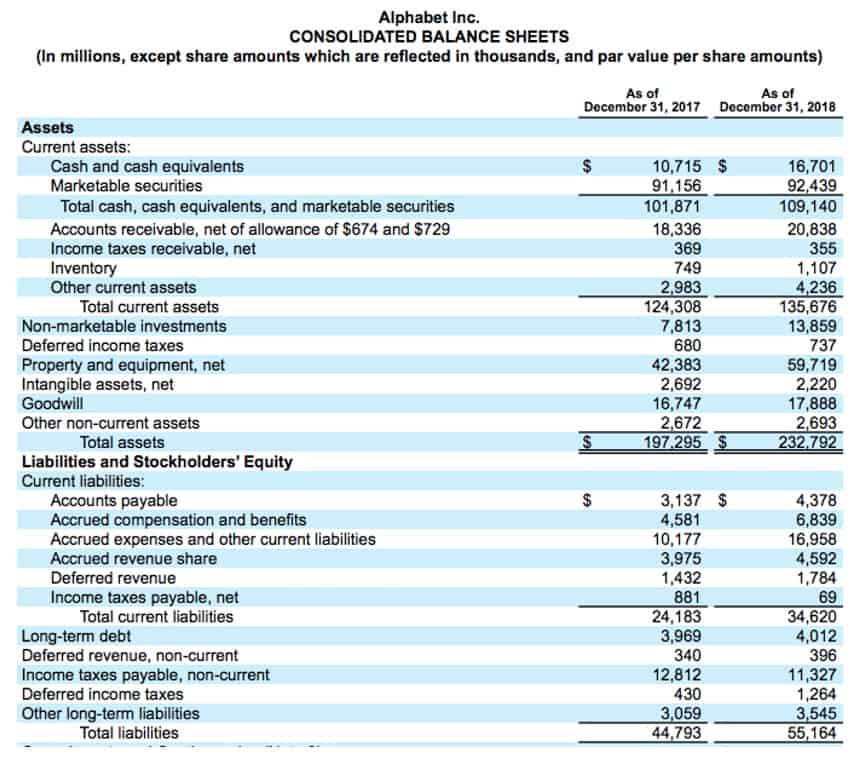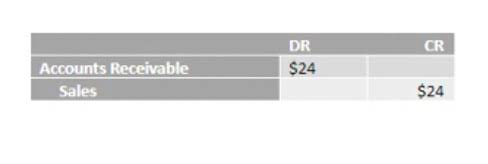You can set up a solver model in Excel to reconcile debits and credits. List your credits in a single row, with each debit getting its own column. This should give you a grid with credits on the left side and debits at the top.
For example, if a company borrows $10,000 from its local bank, the company will debit its asset account Cash for $10,000 since the company’s cash balance is increasing. The same entry will credit its liability account Notes Payable for $10,000 since that account us tax deadlines for expats businesses 2021 updated balance is also increasing. This general ledger example shows a journal entry being made for the collection of an account receivable. When we sum the account balances we find that the debits equal the credits, ensuring that we have accounted for them correctly.
- Some of the accounts have a normal credit balance, while others have a normal debit balance.
- While the normal balance of a liability account or equity account is a debit balance.
- Next, we’ll move on to adjusting these accounts with journal entries.
- When owners invest more into the business, you credit the equity account, hence, it has a normal credit balance.
And good accounting software will highlight that problem by throwing up an error message. Adam Hayes, Ph.D., CFA, is a financial writer with 15+ years Wall Street experience as a derivatives trader. Besides his extensive derivative trading expertise, Adam is an expert in economics and behavioral finance. Adam received his master’s in economics from The New School for Social Research and his Ph.D. from the University of Wisconsin-Madison in sociology. He is a CFA charterholder as well as holding FINRA Series 7, 55 & 63 licenses.
Margin Debit
This means that when you make a debit entry to an asset account. A credit balance occurs when the credits exceed the debits in an account. In reality, however, any account can have either a debit or credit balance. This chart is useful as a quick reference to determine whether an increase or decrease in a particular type of account should be recorded as a debit or a credit. Chartered accountant Michael Brown is the founder and CEO of Double Entry Bookkeeping. He has worked as an accountant and consultant for more than 25 years and has built financial models for all types of industries.
A credit to a liability account increases its credit balance. Debits and credits are traditionally distinguished by writing the transfer amounts in separate columns of an account book. Alternately, they can be listed in one column, indicating debits with the suffix “Dr” or writing them plain, and indicating credits with the suffix “Cr” or a minus sign. Despite the use of a minus sign, debits and credits do not correspond directly to positive and negative numbers.
- In extremely rare cases, the companies extend the credit to their suppliers.
- This section outlines requirements and best practices related to Accounting Fundamentals – Normal Balances.
- This is due to under the cash basis of accounting, transactions only be recorded when there is cash invovled, either cash in or cash out.
- Accruing tax liabilities in accounting involves recognizing and recording taxes that a company owes but has not yet paid.
Mistakes (often interest charges and fees) in a sales, purchase, or loan invoice might prompt a firm to issue a debit note to help correct the error. The concept of debits and offsetting credits are the cornerstone of double-entry accounting. An increase in expenses and losses will cause a decrease in cash flow from operations because more cash is going out than coming in. A contra account is an optional accounting tool you can use d to improve the accuracy of financial statements.
Accounting made for beginners
Accruing tax liabilities in accounting involves recognizing and recording taxes that a company owes but has not yet paid. This is important for accurate financial reporting and compliance with… An example of a contra asset account is ‘Accumulated Depreciation’.
What is the entry for Accounts Payable?
Thus, when the customer makes a deposit, the bank credits the account (increases the bank’s liability). This transaction will require a journal entry that includes an expense account and a cash account. Note, for this example, an automatic off-set entry will be posted to cash and IU users are not able to post directly to any of the cash object codes. Because postage was purchased for $12.70, cash, an asset account, will be credited, which will decrease the cash balance by $12.70.
Do debits and credits have to be equal on a trial balance?
Credit balances go to the right of a journal entry, with debit balances going to the left. When you complete a transaction with one of these cards, you make a payment from your bank account. As such, your account gets debited every time you use a debit or credit card to buy something. In a standard journal entry, all debits are placed as the top lines, while all credits are listed on the line below debits. When using T-accounts, a debit is on the left side of the chart while a credit is on the right side. Debits and credits are utilized in the trial balance and adjusted trial balance to ensure that all entries balance.
LO
3.6Prepare an unadjusted trial balance, in correct format, from the alphabetized account information as follows. On the other hand, when we make payment for the purchased goods or services, liabilities will decrease. So, we will debit accounts payable as debit will decrease liabilities.
These are the main types of products for which companies have accounts payables. The revenue is shown as the credit side on the normal balance. Sometimes, the profit from selling the product from the supplier is also debited by the company. The contra accounts appear directly below the real account in the financial statements. The purpose of the Contra accounts is usually to offset the balance from the original account. Your goal with credits and debits is to keep your various accounts in balance.
The normal balance shows debit in the accounts payable when the left side is positive. It means, according to the accounting equation, the assets for that accounts are higher than the sum of shareholders’ equity and liabilities. The expenses are recorded as a credit on the normal balance. This usually happens when the company extends credit to its suppliers; the credit is reported as an expense. The expense shifts the balance of the accounts payable from the credit side to the debit side.






